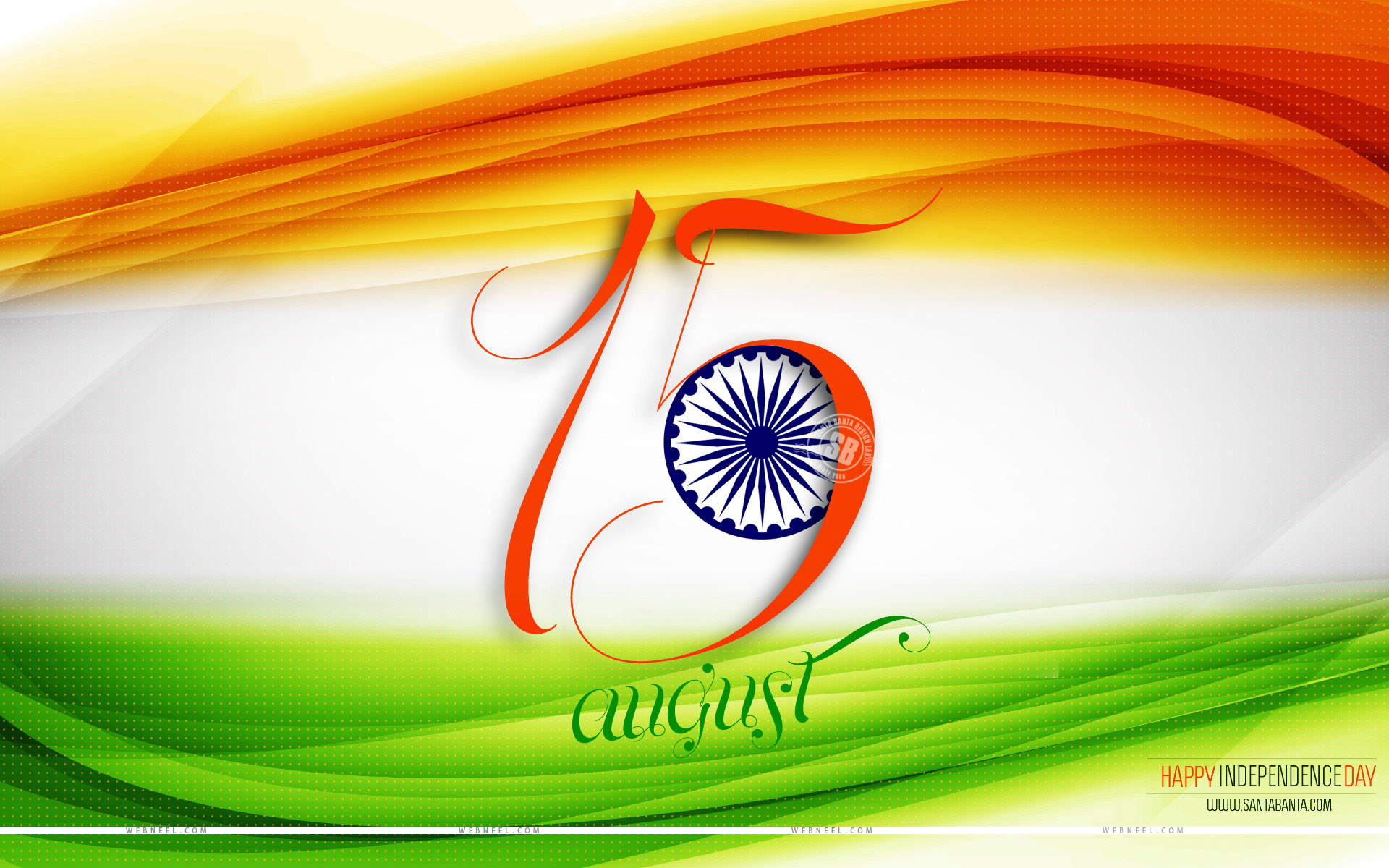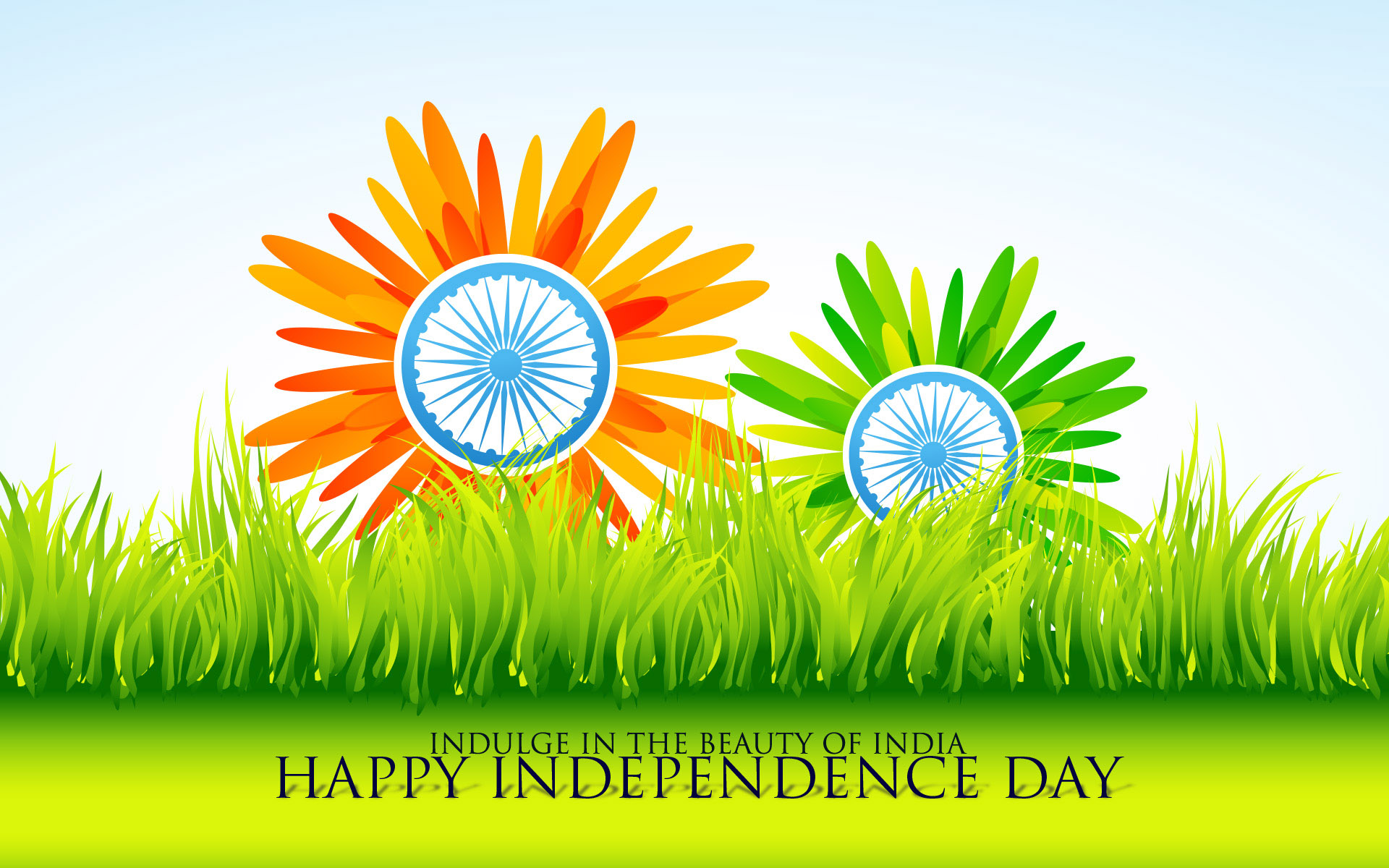India’s Independence Day holds a special place in the hearts of millions, marking the day when the nation broke free from colonial rule. This historic event is more than just a date on the calendar; it’s a testament to the resilience, courage, and determination of the Indian people. Every year, on August 15th, the entire nation comes together to celebrate this monumental achievement. But do you know the full story behind India’s independence? Let’s dive into the details and uncover the rich history surrounding this incredible journey.
Independence Day in India is not just about waving flags and singing patriotic songs. It’s about honoring the sacrifices of countless freedom fighters who gave their lives for the dream of a free India. From Mahatma Gandhi to Netaji Subhas Chandra Bose, the struggle for independence was a collective effort that spanned decades. This article will explore the history, significance, and celebrations of India’s Independence Day, ensuring you walk away with a deeper understanding of this pivotal moment in history.
As we delve into the details, you’ll discover how the year 1947 became a turning point in Indian history. We’ll also highlight some fascinating facts and figures about the independence movement, along with how modern India continues to honor its legacy. So, whether you’re brushing up on your history or simply curious about India’s journey to freedom, this article has got you covered.
- Rose Cameron Actor Rising Star In The Entertainment World
- Lacey Fletcher The Rising Star Whorsquos Turning Heads In The Entertainment World
India’s Independence: A Historical Overview
The road to India’s independence was long and arduous, filled with challenges, sacrifices, and triumphs. The British East India Company first arrived in India in the early 17th century, and by the mid-19th century, the British had established control over much of the subcontinent. However, the Indian people were not content with foreign domination, and the seeds of rebellion began to sprout.
Key Events Leading to Independence
Several key events played a crucial role in shaping the independence movement:
- The Sepoy Mutiny of 1857: Often considered the first major uprising against British rule, this rebellion marked the beginning of organized resistance.
- The Formation of the Indian National Congress (INC): Established in 1885, the INC became the primary voice of the independence movement, advocating for self-governance.
- Gandhi’s Non-Cooperation Movement: In the 1920s, Mahatma Gandhi introduced the concept of non-violent resistance, which became a defining strategy in the fight for freedom.
- The Quit India Movement: Launched in 1942, this movement called for an immediate end to British rule and galvanized the masses to demand independence.
These events laid the groundwork for the eventual transfer of power in 1947. The struggle was not without its costs, as thousands lost their lives in the fight for freedom. Yet, the unwavering spirit of the Indian people ensured that their dream of independence would one day become a reality.
- Hollywood Erome The Untold Story Of A Rising Star In The Spotlight
- Jeremy Roloff Nude Separating Facts From Fiction In The Spotlight
Why Was 1947 Chosen as the Year of Independence?
Many people wonder why 1947 was chosen as the year for India’s independence. The decision was influenced by a combination of internal and external factors. By the mid-20th century, the British Empire was weakened by the aftermath of World War II, making it increasingly difficult to maintain control over its colonies. At the same time, the Indian independence movement had gained significant momentum, with leaders like Jawaharlal Nehru and Sardar Patel pushing for an immediate transfer of power.
The Role of World War II
World War II played a significant role in hastening India’s independence. The war drained Britain’s resources, both economically and militarily. The Indian National Army (INA), led by Subhas Chandra Bose, further weakened British morale by fighting alongside Axis powers. These factors, combined with growing unrest in India, forced the British to reconsider their stance on colonial rule.
In 1947, Lord Mountbatten, the last Viceroy of India, announced the date of August 15th as the day when power would be transferred to Indian hands. This date was chosen to coincide with the second anniversary of Japan’s surrender in World War II, symbolizing the end of an era and the dawn of a new one.
Independence Day Celebrations in India
Every year, India celebrates its Independence Day with great fervor and enthusiasm. The day begins with the Prime Minister hoisting the national flag at the Red Fort in Delhi, followed by a speech that reflects on the nation’s achievements and future aspirations. Across the country, schools, colleges, and offices organize flag-hoisting ceremonies, cultural programs, and parades to mark the occasion.
Traditions and Customs
Celebrations vary from region to region, but some traditions remain constant:
- Flag Hoisting: The Indian tricolor is hoisted in every corner of the country, symbolizing unity and pride.
- Patriotic Songs: Songs like "Vande Mataram" and "Jana Gana Mana" are sung with great passion and devotion.
- Kite Flying: Flying kites has become a popular tradition, representing the spirit of freedom.
These traditions remind Indians of the sacrifices made by their forefathers and inspire them to continue building a brighter future for the nation.
The Legacy of Independence Day
India’s independence in 1947 marked the beginning of a new chapter in the nation’s history. It paved the way for democracy, economic growth, and cultural resurgence. Today, India stands as the world’s largest democracy, with a diverse population united by a shared sense of identity and purpose.
Economic and Social Impact
Since gaining independence, India has made remarkable progress in various fields. The country has become a global leader in technology, space exploration, and pharmaceuticals. At the same time, challenges such as poverty, inequality, and corruption continue to persist. Independence Day serves as a reminder of the work that still needs to be done to fulfill the dreams of those who fought for freedom.
Through initiatives like Swachh Bharat Abhiyan and Digital India, the government is working towards creating a cleaner, more connected, and more inclusive society. These efforts reflect the enduring legacy of India’s independence movement.
Key Figures in the Independence Movement
India’s struggle for independence was led by a group of visionary leaders whose contributions continue to inspire generations. Let’s take a closer look at some of these remarkable individuals:
Mahatma Gandhi
Often referred to as the "Father of the Nation," Mahatma Gandhi was instrumental in shaping the independence movement. His philosophy of non-violence and civil disobedience became the guiding principles of the struggle. Gandhi’s leadership inspired millions to join the fight for freedom, making him one of the most iconic figures in modern history.
Jawaharlal Nehru
India’s first Prime Minister, Jawaharlal Nehru, played a pivotal role in shaping the nation’s post-independence trajectory. His vision of a secular, socialist, and democratic India laid the foundation for the country’s development. Nehru’s famous "Tryst with Destiny" speech on the eve of independence remains one of the most iconic moments in Indian history.
Sardar Vallabhbhai Patel
Known as the "Iron Man of India," Sardar Patel was instrumental in integrating the princely states into the Indian Union. His leadership and negotiation skills ensured that the newly independent nation remained united and strong.
Interesting Facts About Independence Day
Here are some fascinating facts about India’s Independence Day that you might not know:
- The Indian flag was designed by Pingali Venkayya, a freedom fighter from Andhra Pradesh.
- The first Independence Day celebration was held at the Red Fort in Delhi, where Jawaharlal Nehru hoisted the flag.
- The national anthem, "Jana Gana Mana," was composed by Rabindranath Tagore and adopted in 1950.
- India gained independence at midnight on August 15, 1947, making it a truly historic moment.
These facts highlight the significance of Independence Day and the rich cultural heritage it represents.
The Global Significance of India’s Independence
India’s independence in 1947 had far-reaching implications beyond its borders. It inspired other colonies to rise up against imperial rule and demand self-determination. The success of the Indian independence movement demonstrated the power of non-violent resistance and set a precedent for future liberation struggles.
India’s Role in the United Nations
As a founding member of the United Nations, India has played a crucial role in promoting global peace and cooperation. The country’s commitment to democracy and human rights has earned it a respected place on the international stage. Independence Day serves as a reminder of India’s contributions to the global community and its ongoing efforts to promote peace and prosperity.
Challenges and Opportunities in Modern India
While India has made significant progress since gaining independence, the nation still faces several challenges. Issues such as poverty, unemployment, and environmental degradation require urgent attention. At the same time, India’s young population and rapid technological advancements present immense opportunities for growth and development.
Education and Innovation
Investing in education and innovation is key to unlocking India’s full potential. The government’s initiatives like Skill India and Startup India aim to empower the youth and promote entrepreneurship. By focusing on these areas, India can ensure a brighter future for its citizens and maintain its position as a global leader.
Conclusion: Celebrating Freedom and Unity
In conclusion, India’s Independence Day is a celebration of the nation’s resilience, unity, and determination. From the struggles of the past to the achievements of the present, the journey of independence continues to inspire millions around the world. As we reflect on the sacrifices of our forefathers, let us commit ourselves to building a better future for all.
We invite you to share your thoughts and experiences about Independence Day in the comments below. Whether it’s your favorite patriotic song or a memorable celebration, we’d love to hear from you. And don’t forget to explore our other articles for more insights into India’s rich history and culture.
Table of Contents
- India’s Independence: A Historical Overview
- Why Was 1947 Chosen as the Year of Independence?
- Independence Day Celebrations in India
- The Legacy of Independence Day
- Key Figures in the Independence Movement
- Interesting Facts About Independence Day
- The Global Significance of India’s Independence
- Challenges and Opportunities in Modern India
- Conclusion: Celebrating Freedom and Unity
- Jose Baston And Eva Longoria A Love Story That Captured Hearts Worldwide
- Clerk Of Court Polk County Iowa Your Ultimate Guide


